In the world of automobiles, not every idea resonates with the masses. Automakers occasionally launch special editions that, for various reasons, don’t quite hit the mark. Whether due to design, functionality, or timing, some vehicles fade quickly from public memory. Let’s delve into nine special editions that automakers might prefer you forget.
Ford Edsel Bermuda
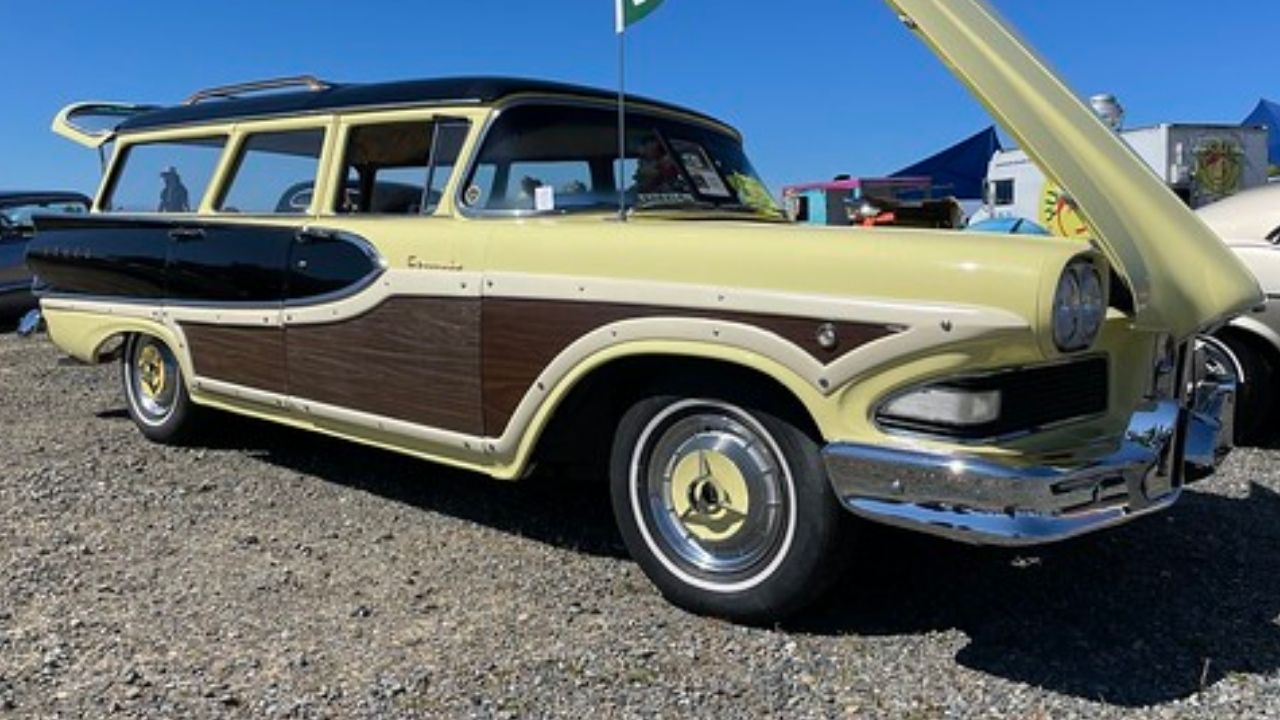
The Ford Edsel Bermuda was part of a line that has become synonymous with automotive failure. Launched in 1957, the Bermuda was a station wagon variant that failed to capture consumer interest. The Edsel’s controversial design and the unfortunate timing of its release during an economic recession led to its quick demise. Despite Ford’s high hopes, the Bermuda, along with the rest of the Edsel line, was discontinued by 1960, leaving behind a legacy of lessons learned in automotive marketing.
Chevrolet SSR
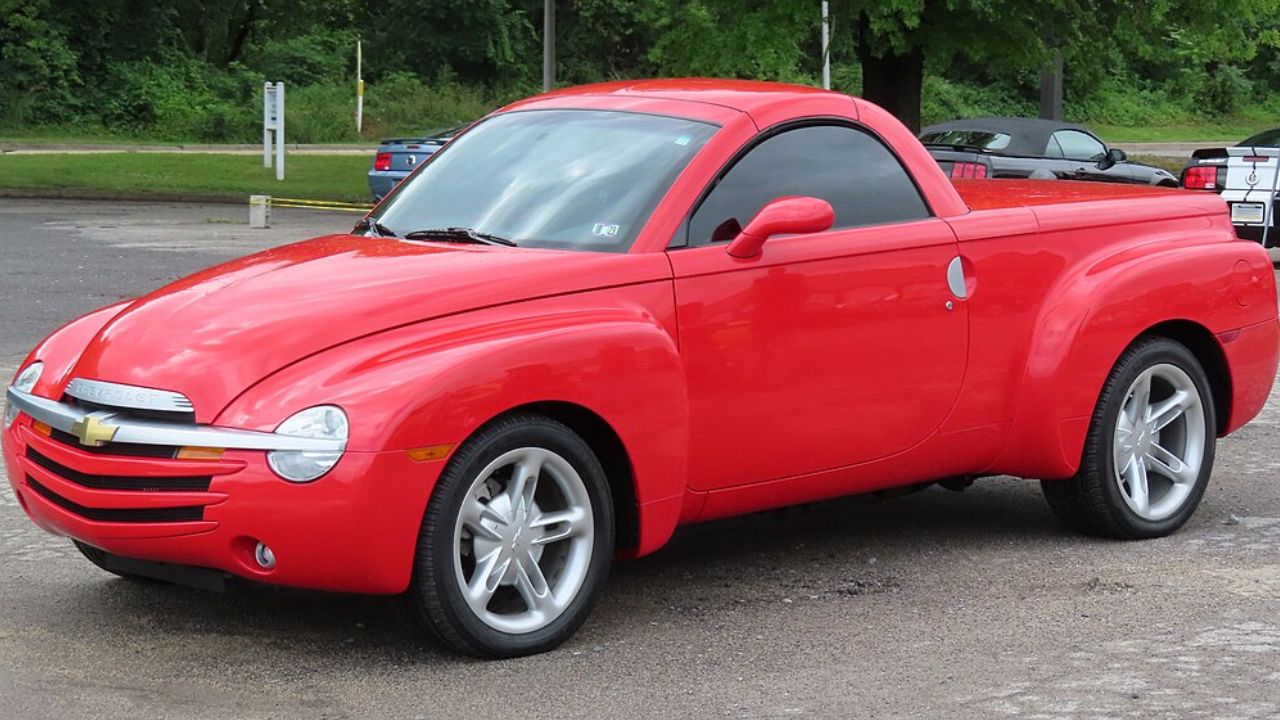
The Chevrolet SSR, which stands for Super Sport Roadster, was GM’s attempt to blend a pickup truck with a retro-styled convertible. Released in 2003, the SSR’s unique design did not translate into strong sales figures. Its hefty price tag and niche appeal limited its market, and by 2006, Chevrolet decided to pull the plug on production. Despite its short-lived run, the SSR remains a curious chapter in Chevrolet’s history, often remembered for its bold styling rather than its practicality.
Pontiac Aztek
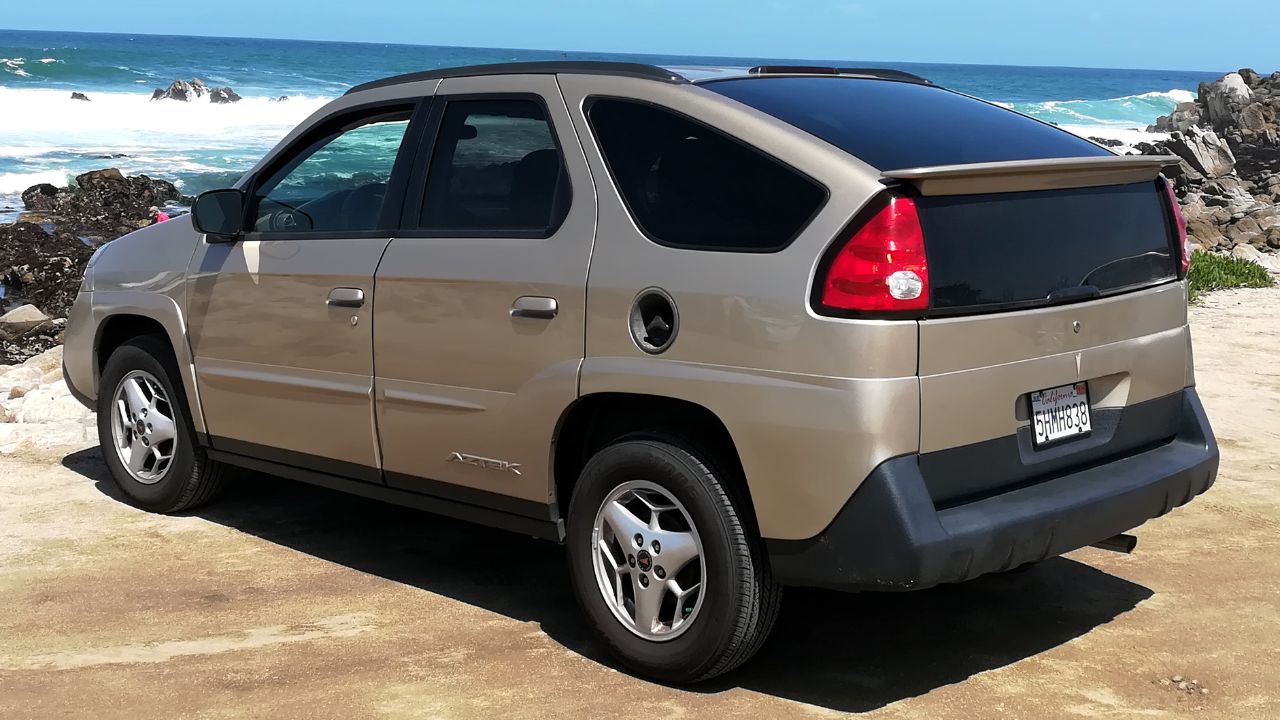
The Pontiac Aztek is often cited as one of the most unattractive vehicles ever produced. Unveiled in 2000, the Aztek attempted to cater to a young, adventurous demographic with features like a tent accessory and a cooler. Unfortunately, its unusual design overshadowed its innovative features, resulting in poor sales. The Aztek was discontinued in 2005, but it gained a cult following after being featured in the TV series Breaking Bad, where its peculiar aesthetics were highlighted once more.
Chrysler TC by Maserati

The Chrysler TC by Maserati was a collaboration that promised opulence but delivered confusion. Introduced in 1989, the TC aimed to offer luxury with Italian flair, but instead, it resembled a dressed-up Chrysler LeBaron. With a higher price tag and minimal differentiation from its Chrysler siblings, the TC struggled to find buyers. Production ended in 1991, and it has since been regarded as a misstep in Chrysler’s strategy to tap into the luxury market.
Cadillac Cimarron
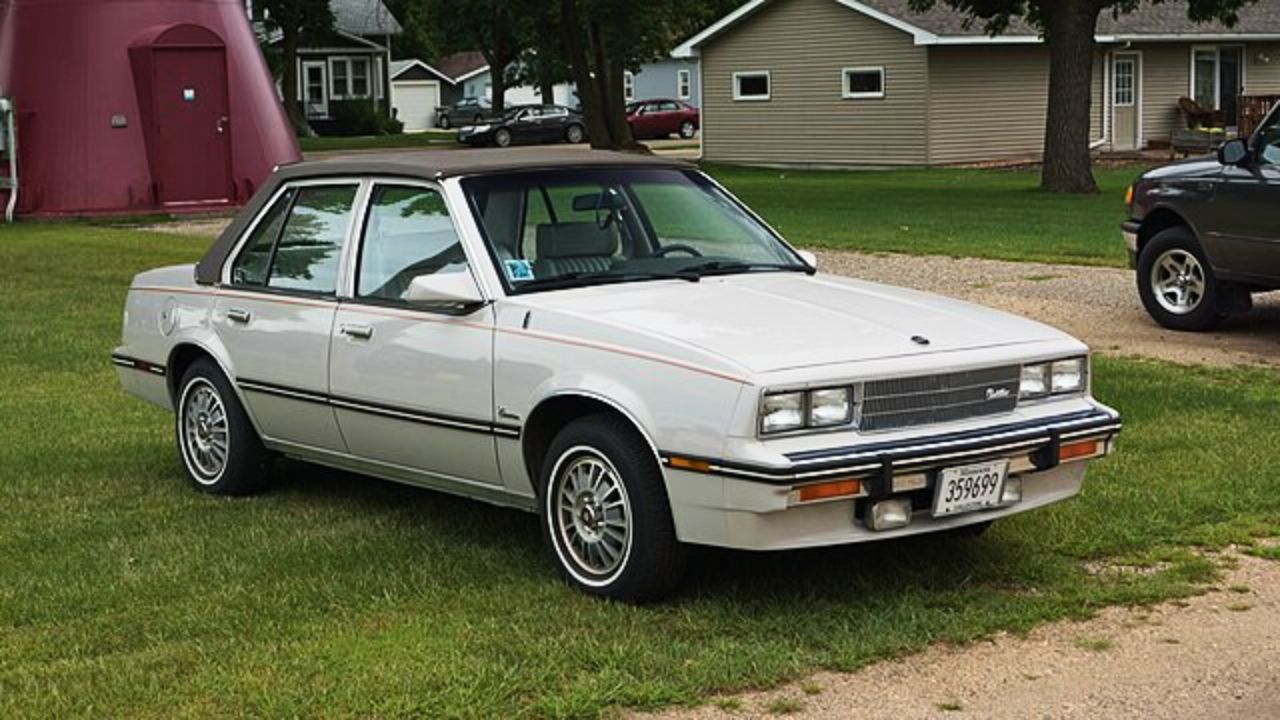
The Cadillac Cimarron represents an era when badge engineering was prevalent. Launched in 1981, the Cimarron was essentially a Chevrolet Cavalier with Cadillac branding and a higher price. The lack of distinguishing features and underwhelming performance did little to justify its premium cost. It struggled to establish itself as a true luxury vehicle, leading to its discontinuation in 1988. The Cimarron is often remembered as a cautionary tale of branding without substance.
Lincoln Blackwood
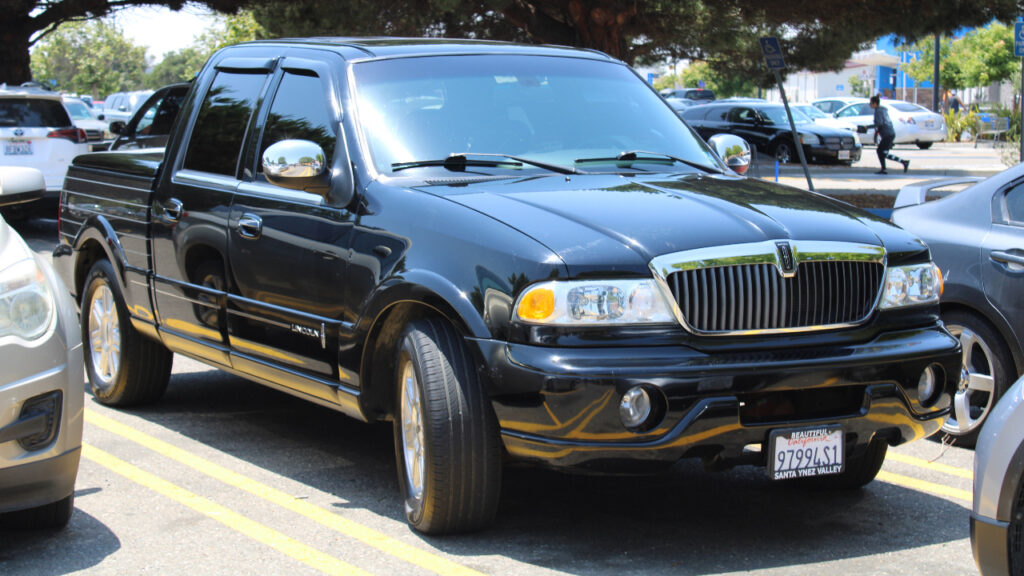
The Lincoln Blackwood was an attempt to merge luxury with utility, debuting in 2002 as Lincoln’s first pickup truck. With only one color option and limited bed functionality, it failed to meet the expectations of traditional truck buyers. Coupled with a steep price, the Blackwood was unable to carve out a niche in the competitive truck market. Production was halted after just one year, making it a rare sight on the roads today and a reminder of Lincoln’s brief foray into pickups.
Aston Martin Cygnet
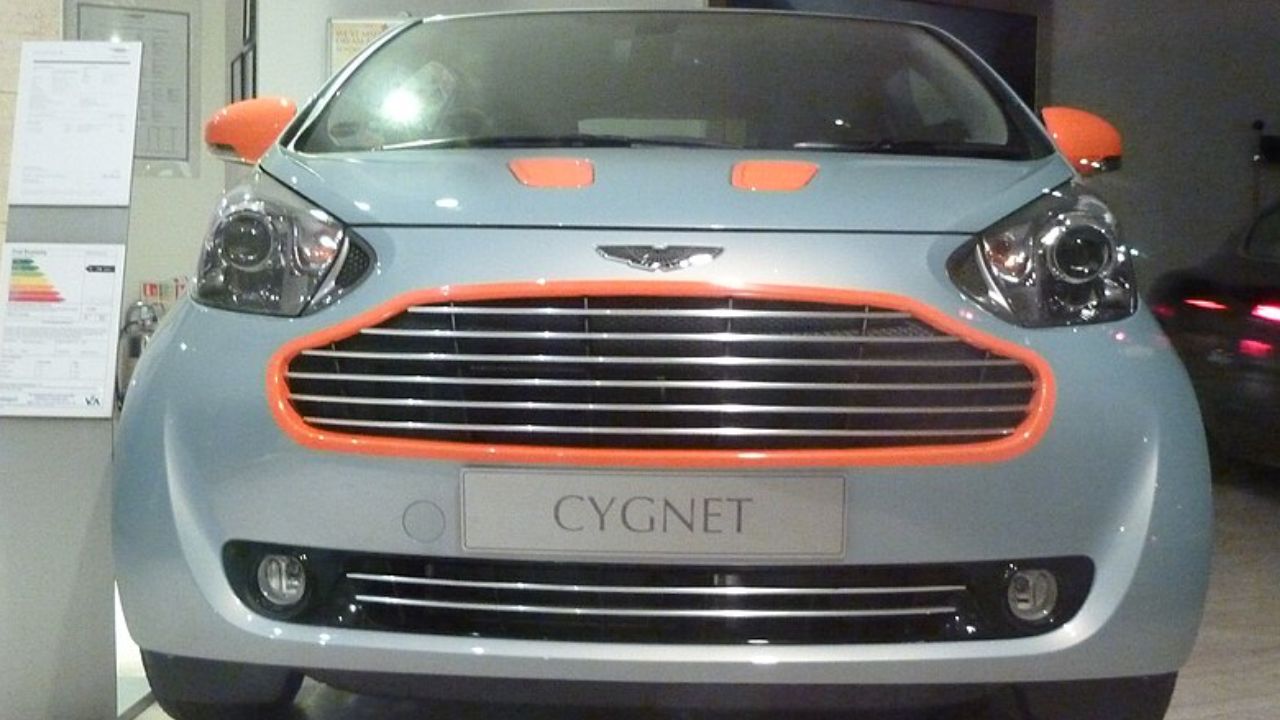
The Aston Martin Cygnet was an unusual offering from a brand known for luxury sports cars. Released in 2011, the Cygnet was a rebranded Toyota iQ, intended to meet emissions regulations for Aston Martin’s fleet. Despite its premium interior, the Cygnet’s small size and high price did not appeal to the brand’s typical clientele. Production ended in 2013, with the Cygnet now serving as a quirky footnote in Aston Martin’s history.
Volkswagen Phaeton
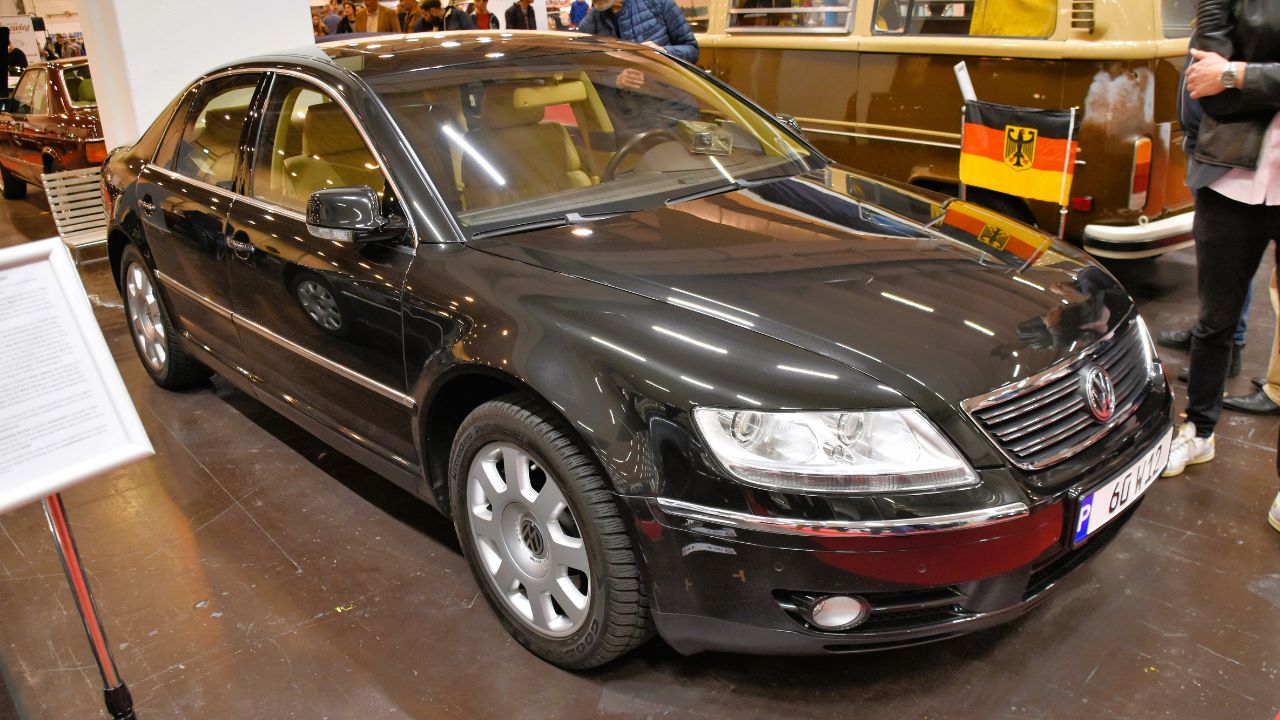
The Volkswagen Phaeton was a bold move by VW to enter the luxury sedan market. Launched in 2002, it boasted impressive engineering and comfort. However, its high price and the lack of brand cachet in the luxury segment made it a tough sell. Despite critical acclaim, sales were sluggish, particularly in the U.S. market. Volkswagen ceased its production in 2016, but the Phaeton remains a testament to Volkswagen’s ambition to compete with established luxury brands.
Nissan Murano CrossCabriolet

The Nissan Murano CrossCabriolet was the world’s first all-wheel-drive crossover convertible, introduced in 2011. While innovative in concept, its execution left consumers puzzled. The CrossCabriolet’s unconventional design and limited practicality did not resonate with the wider market. It was discontinued in 2014, leaving behind a mixed legacy of innovation met with consumer indifference. The Murano CrossCabriolet stands as an example of how even daring ideas can sometimes miss their mark.
Like Fast Lane Only’s content? Be sure to follow us.
Here’s more from us:
*Created with AI assistance and editor review.

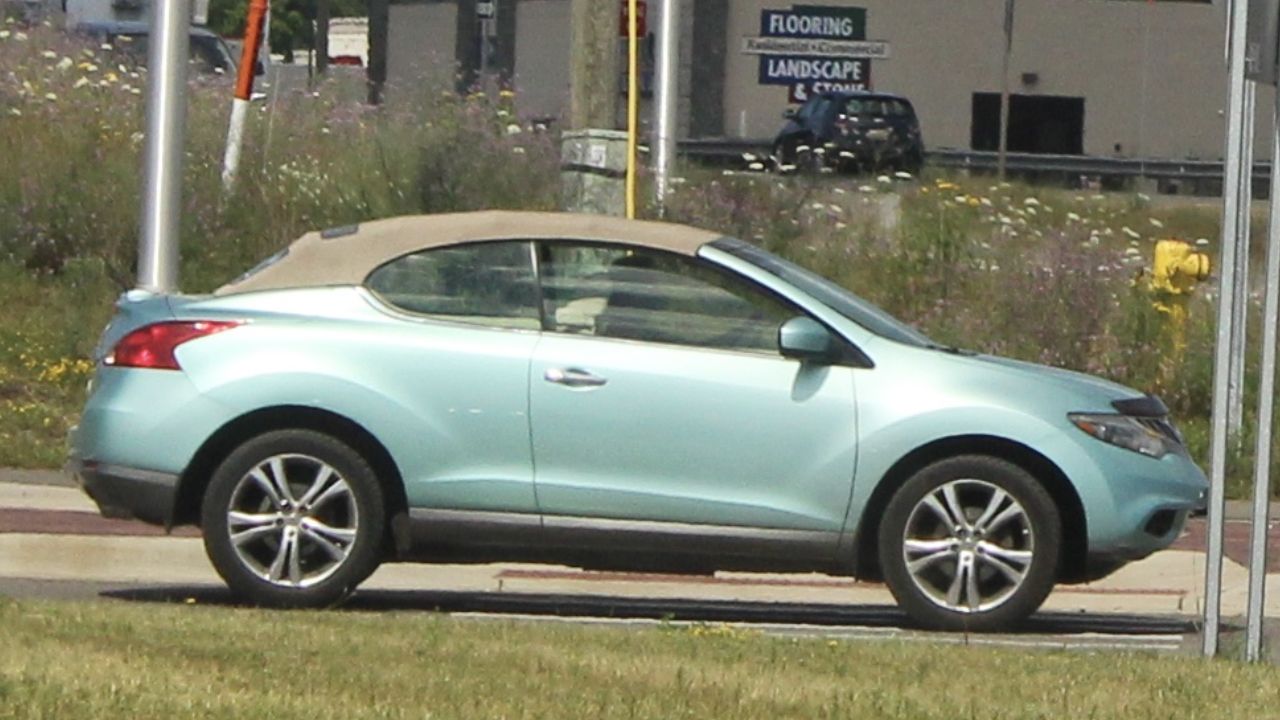
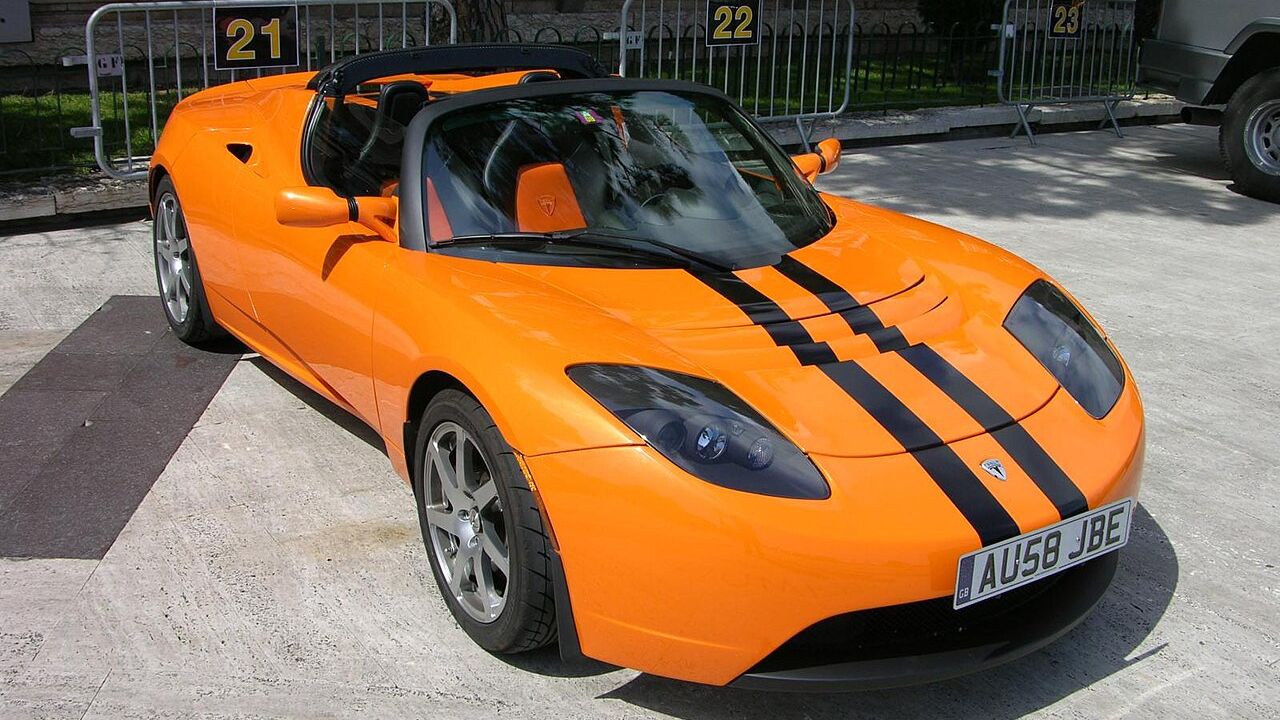
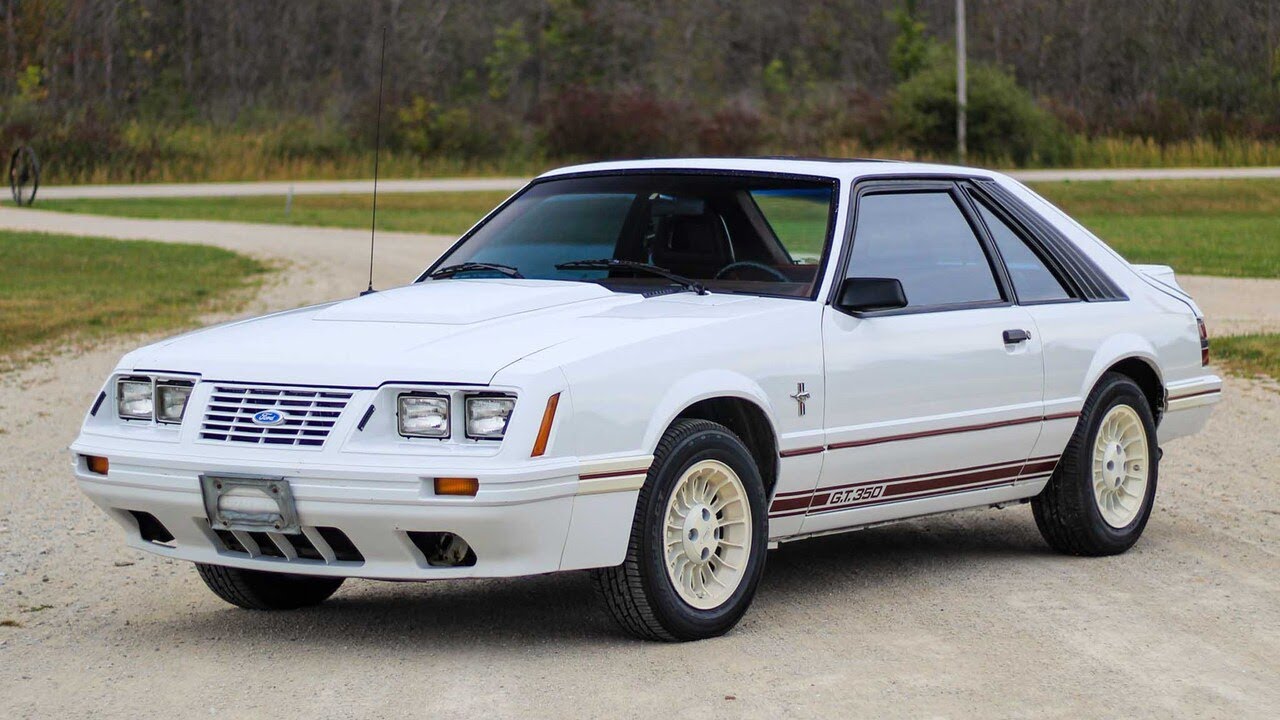

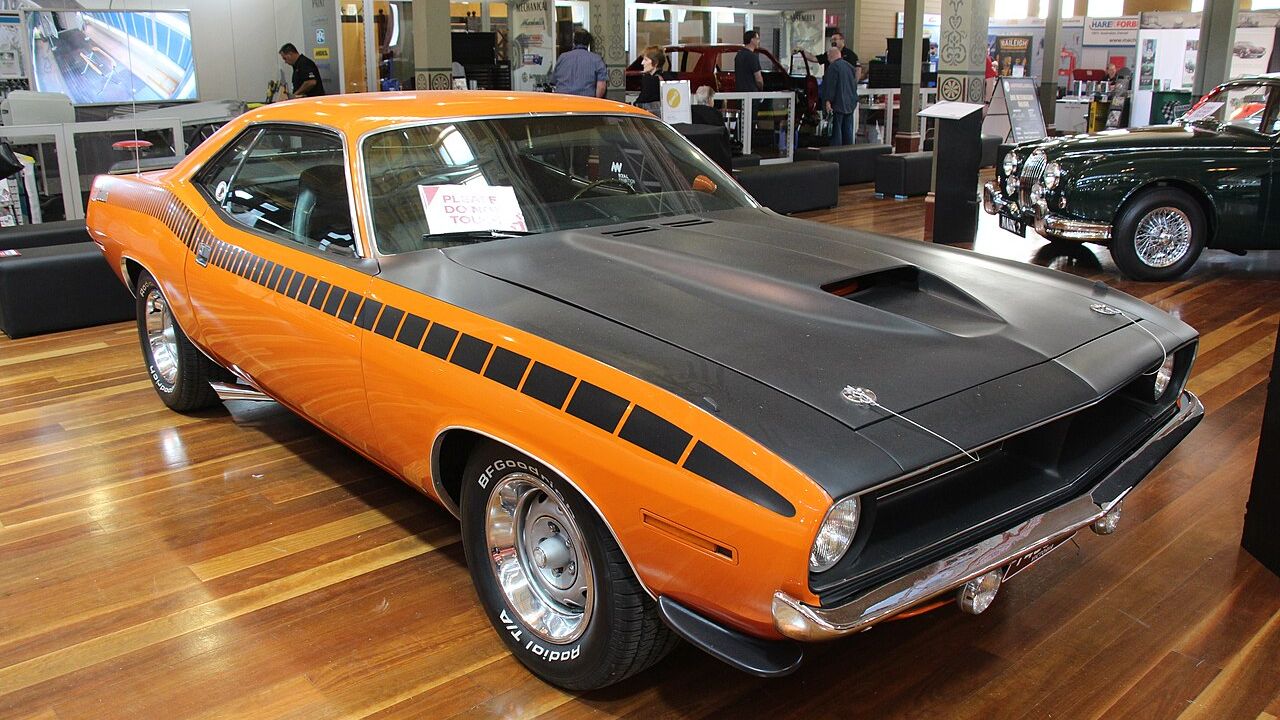
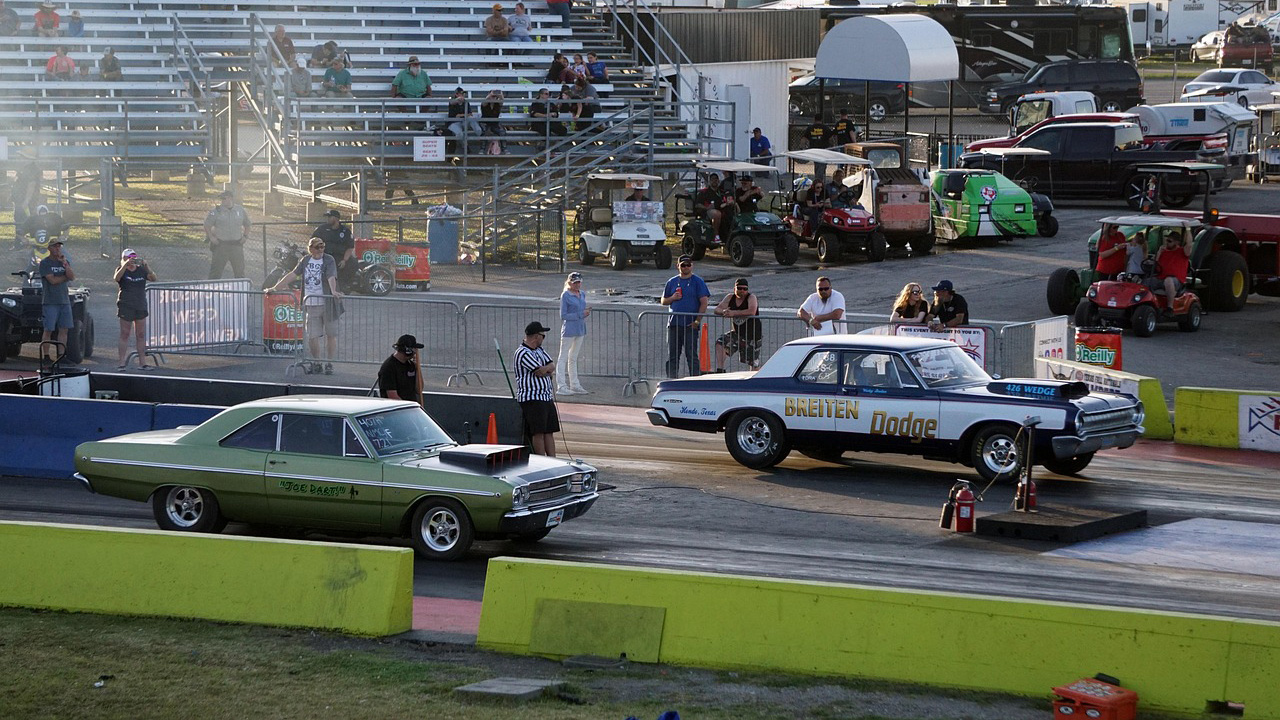
Leave a Reply